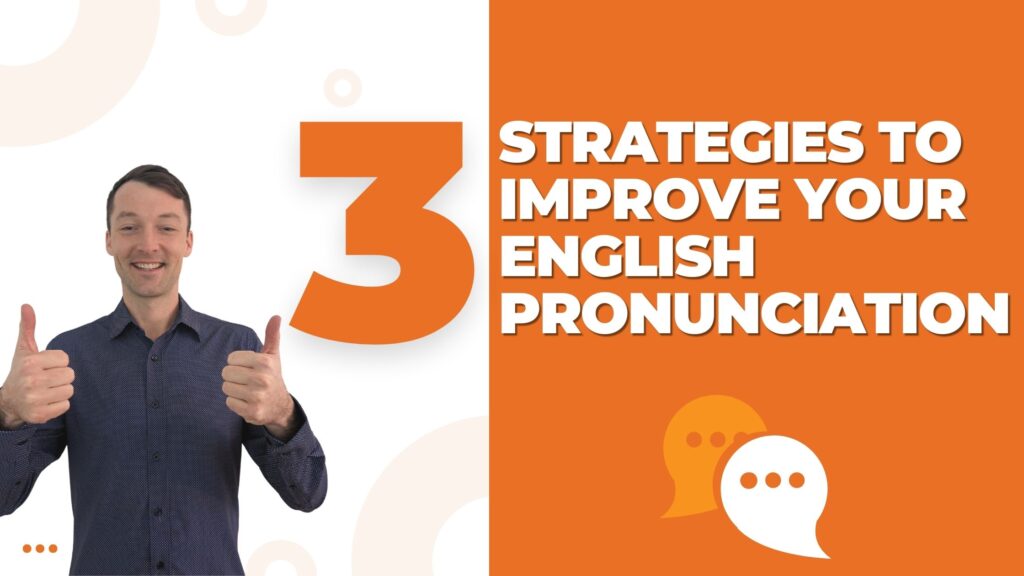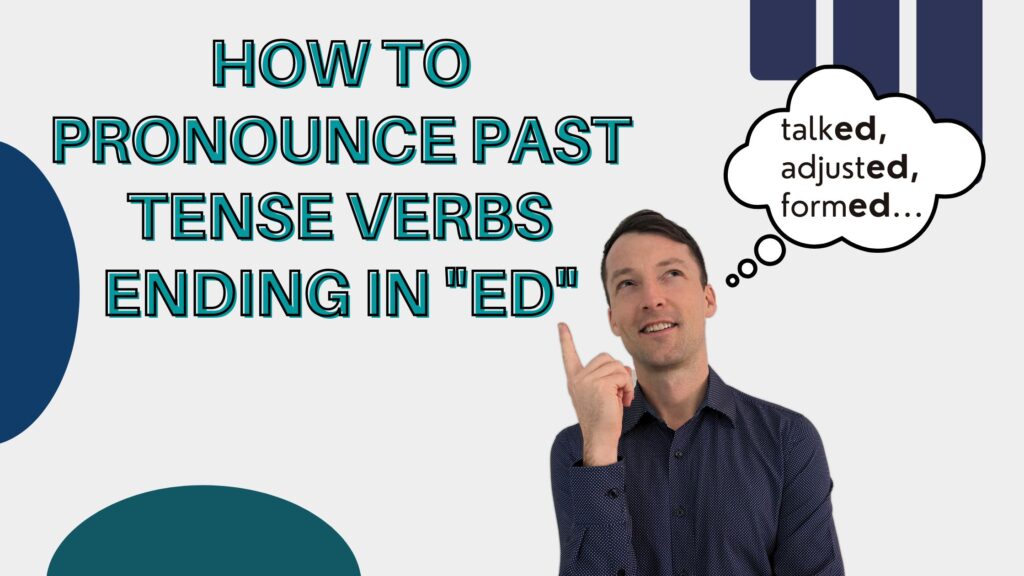Many or much? A few or a little? Fewer or less? How do you know which of these words to use when you are describing the quantity of something? This is a common question for English learners. Here is the answer! There are two types of nouns: count and noncount.
English has two kinds of nouns, count and non-count nouns. It is important to understand the difference between them. This is because some quantity words go with count nouns and some with non-count nouns. In this lesson, I explain the difference between count and non-count nouns. I also talk about which quantity words go with one, and which words go with the other. In addition, I give you example sentences. The download at the end will give you some common non-count nouns.
1. Count Nouns in the English Language:

These nouns can be used in the singular or plural form. Usually you use an a or an when you use the singular form. Use a when the noun starts with a consonant. Use an when the noun starts with a vowel or an h.
For example:
- I put blueberries in my smoothie every morning.
- He eats an apple with his lunch at school.
- She ate a sandwich and chips.
With these nouns, you use many, a few, or fewer because you can count the individual things.
For example:
- I put a few blueberries in my smoothie every morning.
- How many apples does he eat?
- She ate a sandwich and a few chips.
- She ate fewer chips than her friend did.
2. Noncount Nouns in the English Language:
These nouns are only used in the singular form. You do not put a or an before a noncount noun.
For example:
- I don’t drink milk.
- He eats popcorn when he goes to the movies.
- She ate cheese with bread for her snack.
With these nouns you use much, a little, or less because you cannot count the individual parts easily, they are categories of things, or they are abstract ideas.
For example:
- How much milk do you drink?
- He eats less popcorn when he watches scary movies.
- She ate a little cheese and bread for her snack.
There are many common noncount nouns that are not related to food. It can help to learn the most common ones, so you can use them in writing and conversation easily.
¿Many o much? ¿A few o a little? ¿Fewer o less? ¿Cómo sabes cuál de estas palabras usar cuando estás describiendo la cantidad de algo? Esta es una pregunta común que se hacen los estudiantes de inglés y aquí está la respuesta Hay dos tipos de sustantivos: los contables y los incontables.
1. Sustantivos contables en el idioma inglés:
Estos sustantivos pueden ser usados en singular o en plural. Normalmente se usa a a o an cuando se usa la forma singular. Usa una cuando el sustantivo comienza con una consonante. Use an cuando el sustantivo comienza con una vocal o una h.
Por ejemplo:
- I put blueberries in my smoothie every morning. (Pongo arándanos en mi batido cada mañana)
- He eats an apple with his lunch at school. (Él come una manzana con su almuerzo en la escuela)
- She ate a sandwich and chips. (Ella comió un sándwich con papas fritas)
Con estos sustantivos se usa many, a few o fewer porque puedes contar las cosas individualmente.
Por ejemplo:
- I put a few blueberries in my smoothie every morning. (Pongo unos cuantos arándanos en mi batido cada mañana)
- How many apples does he eat? (¿Cuántas manzanas se come él)
- She ate a sandwich and a few chips. (Ella comió un sándwich con unas cuantas papas fritas)
- She ate fewer chips than her friend did. (Ella comió menos papas que su amigo/a)
2. Sustantivos incontables en el idioma inglés:

Estos sustantivos sólo se usan en singular. No se pone a o an antes de un sustantivo incontable.
Por ejemplo:
- I don’t drink milk. (No bebo leche)
- He eats popcorn when he goes to the movies. (Él come palomitas de maíz cuando va al cine)
- She ate cheese with bread for her snack. (Ella comió queso con pan para su merienda)
Con estos sustantivos se usa much, a little o less porque no puedes contar cada parte de manera individual fácilmente, son categorías de cosas o son ideas abstractas.
Por ejemplo:
- How much milk do you drink? (¿Cuánta leche bebes?)
- He eats less popcorn when he watches scary movies. (Él come menos palomitas de maíz cuando mira películas de terror)
- She ate a little cheese and bread for her snack. (Ella come un poco de queso y pan para su merienda)
Hay muchos sustantivos comunes incontables que no están relacionados con la comida. Te puede ayudar que aprendas los más comunes, para que puedas usarlos en la escritura y la conversación fácilmente.
Idioms of the Day
- A bird in the hand is worth two in the bush: This means you should not take the risk of losing something you already have by trying to get something you think might be better. In Spanish: es mejor pájaro en mano que cien volando.
- More is less: It means simplicity is better than complexity. In Spanish: menos es más.




